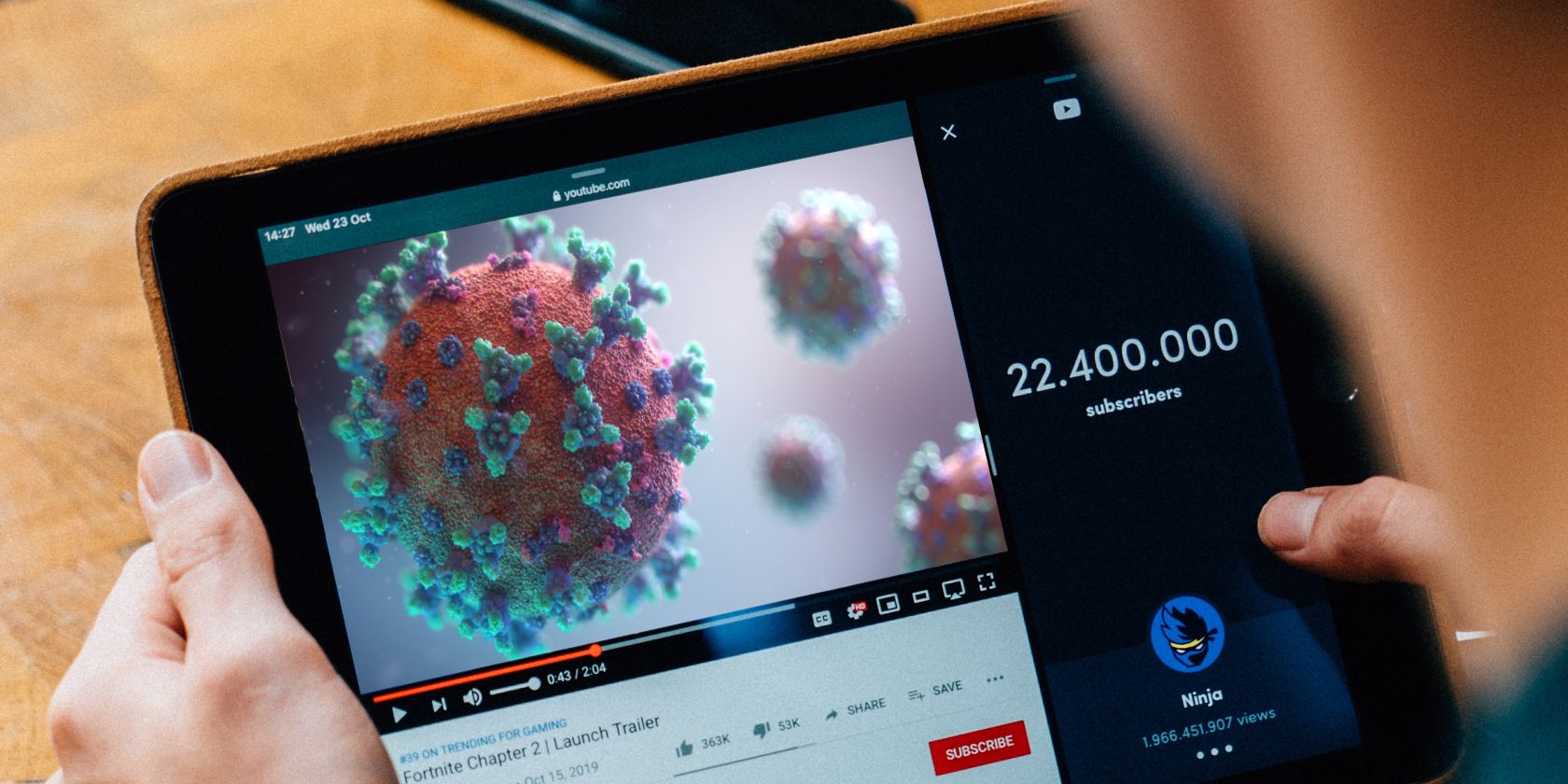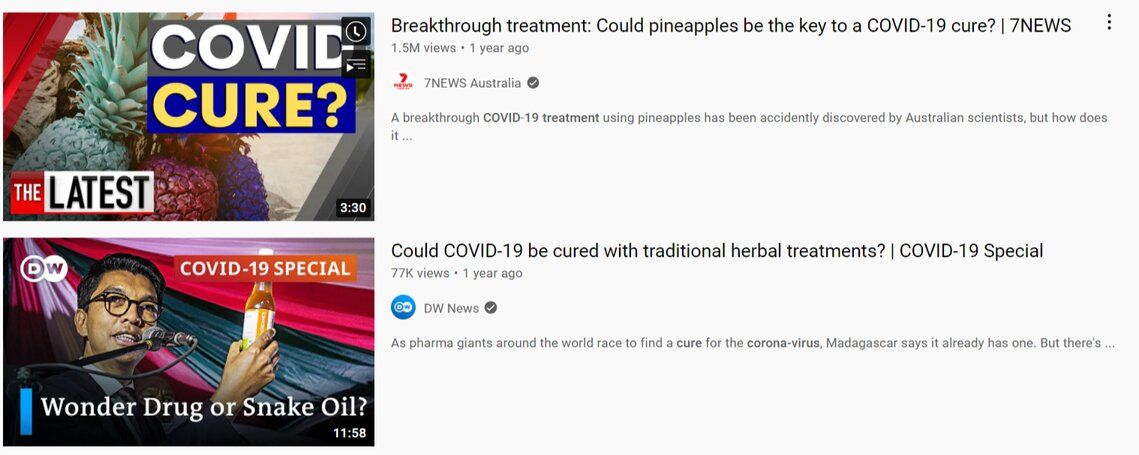The coronavirus pandemic has changed our world forever, affecting nearly every aspect of life. But unlike other past pandemics, this one received a lot more publicity. Think about Swine Flu, Ebola, and SARS-CoV–none of those pandemics were as heavily publicized as COVID-19.
Social media is fueling the publicity, but particularly misinformation. This brings up the question, have social media companies done enough to curb this information?
Here, we'll be taking a look at YouTube to see what measure it's taken to tackle COVID-19 misinformation.
What Are YouTube's Measures to Tackle Misinformation?
YouTube claims to have removed over 1 million videos since February 2020 in an attempt to stop COVID-19 misinformation, according to the YouTube blog. Fortunately, many of them had fewer than 10 views, said Chief Product Officer Neal Mohan.
But some had lots more. Some of the videos YouTube has taken down with more views include speeches from Brazilian President Jair Bolsonaro, and other public figures. The link between all of these videos is controversial statements about the effectiveness of face masks, among other topics.
YouTube's policy prohibits content that goes against guidelines enforced by health organizations. According to the company, each video gets reviewed by internal and external evaluators to make sure it doesn't promote misinformation or fake news.
Once a video is flagged by the evaluators, there a number of things than can happen. The video in question could get removed, the account can be banned from certain activities, or the entire channel could be removed.
But this type of content is still spreading, despite YouTube's efforts.
Could YouTube Have Done More?
Earlier in 2021, BBC's Panorama studied a video claiming that COVID-19 vaccines are unsafe. The organization ran this video as an experiment to see how people react to misinformation. The video got more than 250,000 views before being removed from YouTube and other social networks.
Around one in four of the most popular COVID-19 videos on YouTube contain misinformation, says the British Medical Journal. Approximately a third of these videos came from entertainment news sources, and fewer than 13 percent were uploaded by consumers.
The negative impact of misleading health information cannot be overstated. Thousands of people ended up in the ER after ingesting detergents or potentially harmful drugs like colloidal silver and chloroquine. News Medical estimates that nearly 40% of Americans drank or gargled diluted bleach, soapy water, or disinfectants in April 2020.
Considering these aspects, it's fair to say that YouTube could do more to cut down on misleading content. Mohan actually admits that speedy removals are not enough to stop misinformation.
While it can be tricky to balance stopping misinformation with user's rights to free speech and use the platform, there are some options the platform could consider. For example, YouTube could review health-related videos before, not after they go live.
Do Your Part to Stop the Spread of COVID-19 Misinformation
YouTube and other social networks have limited resources. As ideal as it would be, these companies cannot manually check every single video shared online.
As a consumer, it's important to do your part to prevent the spread of COVID-19 misinformation. Before sharing a video, double-check the facts, report misleading content, and flag users who are sharing fake news.


